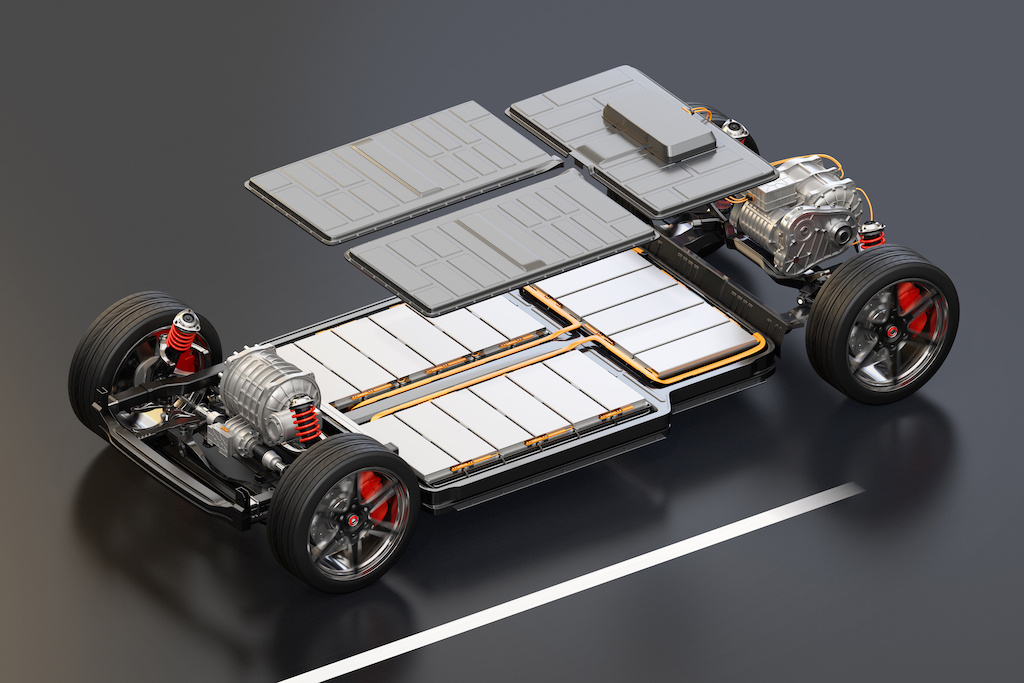With the increasing global emphasis on sustainable development and green energy, battery integration technology has not only made significant progress in improving energy density, reducing costs, and enhancing safety, but also has shown unlimited potential in intelligence and networking.
Technological innovation: the leap from CTP to CTC
In recent years, battery integration technology has undergone an important transformation from modularization to non-modularization. The advent of CTP (Cell To Pack) technology marks a revolutionary leap in battery pack design. By directly integrating the battery cells into the battery pack, CTP technology greatly simplifies the structure of the battery pack, improves energy density and reduces costs. However, this is just the beginning. With the continuous advancement of technology, CTC (Cell To Chassis) technology is gradually becoming a new focus. This technology deeply integrates the battery with the vehicle chassis, further improving the space utilization and integration efficiency, and bringing longer range and lighter body weight to new energy vehicles.
Breakthroughs in new materials and systems
The future development of battery integration technology is inseparable from the support of new materials and new systems. In terms of electrode materials, researchers are committed to developing new materials with higher energy density and lower cost, such as silicon-based anodes and lithium-sulfur batteries. The application of these materials is expected to further improve the performance of batteries. At the same time, the research of new battery systems such as solid-state batteries is also accelerating. Solid-state batteries are seen as strong candidates for next-generation battery technology due to their high safety, long life, and potentially high energy density advantages. With the continuous maturity of solid-state battery technology and the acceleration of commercialization, battery integration technology will usher in new development opportunities.
The integration of intelligence and networking
Intelligence and networking are another major trend in the future development of battery integration technology. With the continuous development of technologies such as artificial intelligence, big data, and the Internet of Things, battery management systems (BMS) will become more intelligent and efficient. By monitoring battery status in real time, predicting battery life, and optimizing battery usage strategies, BMS can significantly improve the overall performance and safety of battery systems. In addition, the application of connected technology will enable the battery system to be interconnected with other vehicles and infrastructure, providing more convenient and efficient charging and energy management services for new energy vehicles.

Figure: Outlook for power battery technology
Market application and prospects
The wide application of battery integration technology will have a far-reaching impact on new energy vehicles and energy storage systems. In the field of new energy vehicles, with the continuous progress of battery technology and the continuous reduction of costs, the mileage of new energy vehicles will continue to increase, and the price will be more affordable. This will further stimulate consumers' enthusiasm for purchasing and promote the rapid growth of the new energy vehicle market. At the same time, the field of energy storage systems will also usher in new development opportunities. With the rapid development of renewable energy and the increasing demand for energy storage in the power grid, large-scale energy storage systems will become an important part of the future energy system. The application of battery integration technology will help improve the efficiency and reliability of energy storage systems and promote the prosperity and development of the energy storage market.
Challenges and coping strategies
Although battery integration technology has a promising future, its development still faces many challenges. Technical challenges such as increasing energy density, reducing costs, and enhancing safety require continuous investment in R&D to overcome. The intensification of market competition also requires companies to continuously innovate and optimize products to meet customer needs. In addition, changes in policies and standards will also have an important impact on the development of battery integration technology. In order to cope with these challenges, enterprises need to strengthen technological innovation and market research capabilities, and actively cooperate with upstream and downstream enterprises in the industrial chain to jointly promote the development of battery integration technology. At the same time, the government should also strengthen policy support and standard formulation to provide a strong guarantee for the healthy development of battery integration technology.
In short, battery integration technology, as the core driving force in the field of new energy, will continue to play an important role in the future. Through continuous technological innovation and market development, battery integration technology will provide more solid support for the development of new energy vehicles and energy storage systems, and promote the transformation of the global energy structure and the realization of sustainable development goals.






